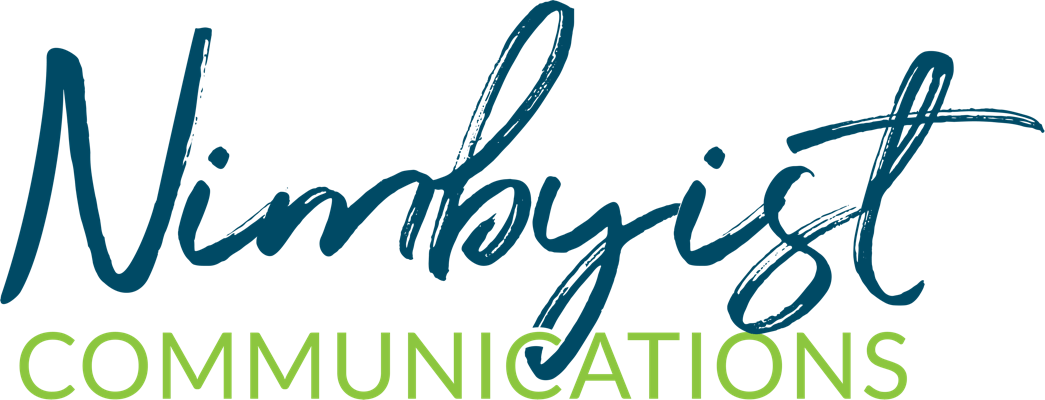Impulse actions — a retweet on Twitter, a like on Facebook — can seem small, almost insignificant. But could these same people be among your nonprofit organization’s strongest supporters?
I recently co-moderated a panel, From Slacktivist to Activist: Partners in Change, One Small Step at a Time, as part of Social Media Week in Toronto. Over the next few blog posts, I’ll review some of the session’s discussion. To start: My opening thoughts about enabling supporters to take small actions that have meaning to them.
How do you move people to get involved?
Your organization has a relationship with every person who comes in contact with it: staff, volunteers, donors, casual passersby. Generally speaking, there’s a continuum that each may follow towards taking action:
- I know > Awareness of your organization/cause
- I understand > Understanding what you do and why
- I believe > Belief in what you do and why
- I do > Action towards a common goal
This progression may take seconds for someone donating a dollar or two at the cash register; it may take years for a major donor. And individuals will shift depending on a number of factors including personal goals and commitments.
The question is: How do you keep people consistently moving towards action?
Moving towards action
Traditionally, communication plans focused on a number of strong tactics:
- Earned media (TV/radio/newspaper)
- Internal or owned tactics (your organization’s newsletter/website/email)
- Advertising and collateral materials (if time, budget, and/or expertise is available)
These tactics have reach but it’s generally outward; you send your best work into the world and hope something sticks. You may gain some idea of impact – for example, a spike in web traffic after a front page article in a major newspaper (awareness), or even an increase in registrations for an event (action).
But what happens in the middle? These decisions are personal, internal — how can you figure out what moves people from knowing to doing?
In short: Small actions matter if they have meaning to that person
Those questions formed the basis for the panel discussion, which will be recapped in future posts. To wrap this post, I’ll leave you with a couple of third-party observations. (Emphasis below added by me.)
A report last year from Blackbaud and the Hartsook Institutes for Fundraising cited that “…there is an emerging body of evidence that those individuals who do interact through two or more channels can be significantly more loyal” to an organization.
A quarterly newsletter is not enough to stay top-of-mind; you need something more.
Mobile giving — spontaneously sending a text that adds a donation to your next cell phone bill — is another small action that in many ways feels disconnected to me. However, one comment on my Facebook page from Cate Edmond gave me pause: She texted a donation to the same organization she both volunteers and fundraises for at other times of the year after seeing a poster on the bus.
“I feel it is somewhat freeing to give and move on, only because there is only so much one person can do, and you can’t give your time to every cause out there. So I give what I can, and spend my time on the projects that are really meaningful to me.”
One shift that’s increasingly clear is that communication is less focused on reaching the masses, and more focused on building relationships with the people who already care.




